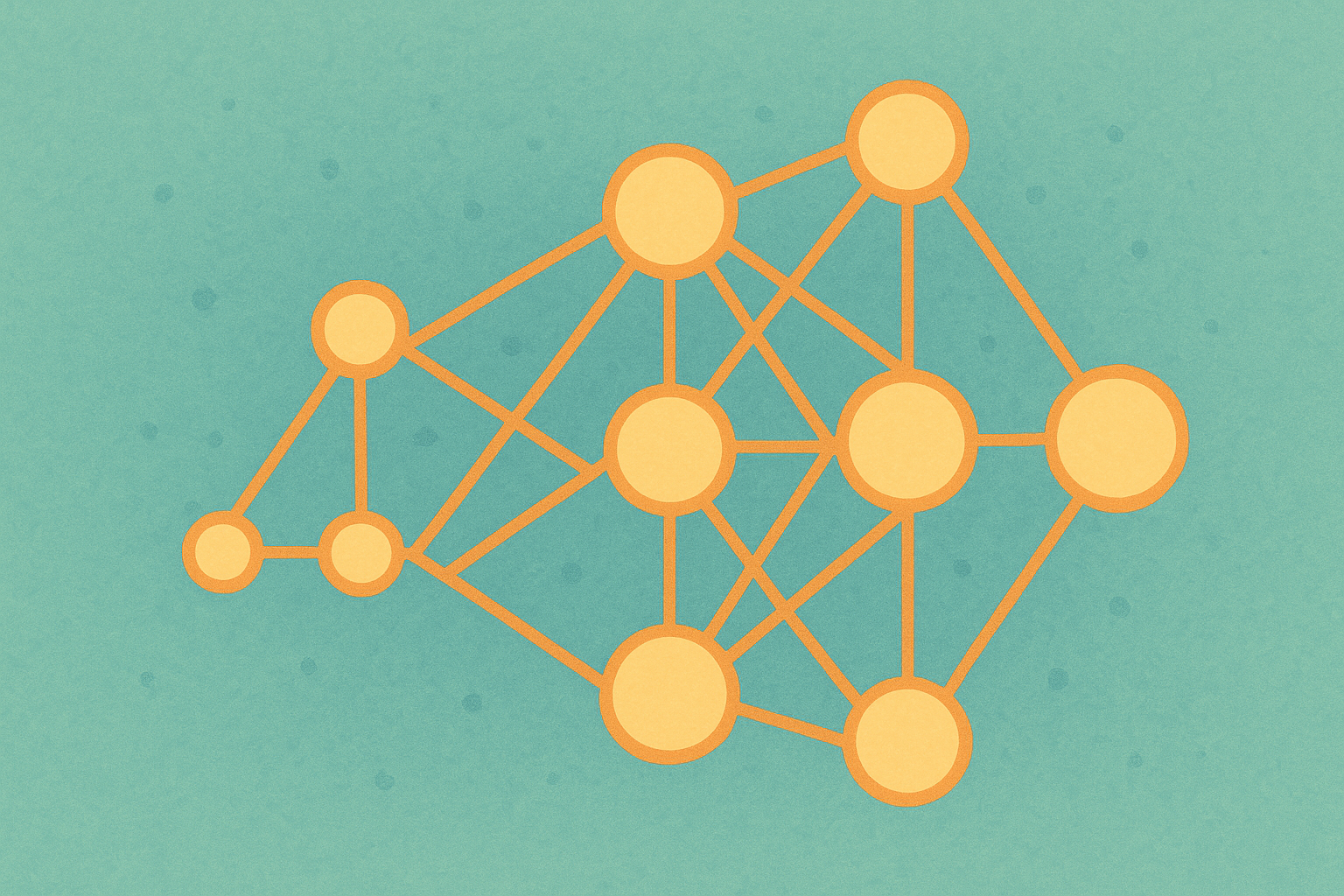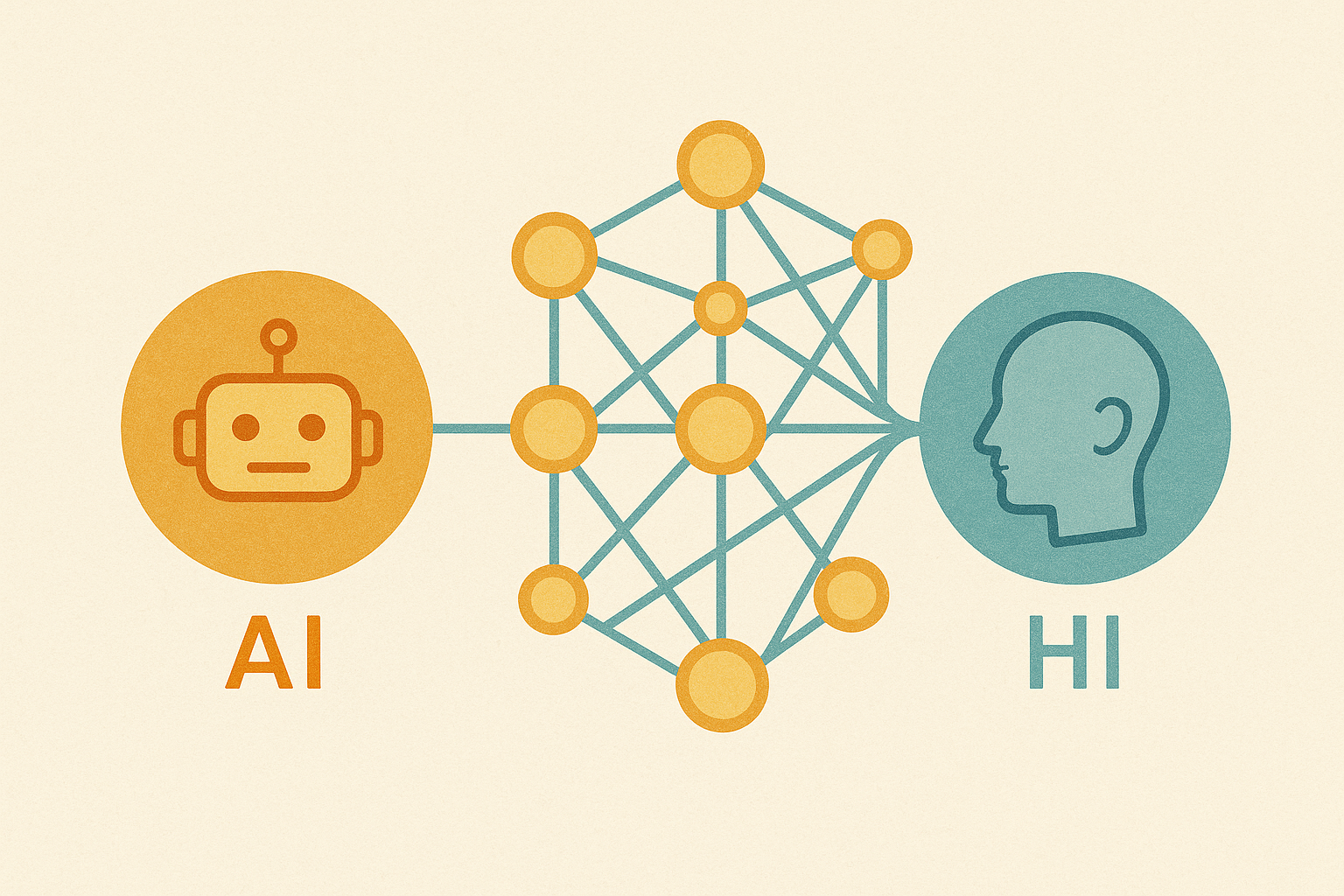What Do AIs Dream Of? | 매거진에 참여하세요
What Do AIs Dream Of?
#AGI #Dreaming #Machines #Synthetic #Imaginatio #Simulation #Selfaware #CreativeAI
The Experiments Teaching Machines to Sleep, Simulate—and Imagine
“Can AI dream?”
What once sounded like a playful philosophical question is now a legitimate research challenge inside labs at MIT, DeepMind, and Google Brain.
In 2025, a growing faction of researchers across institutions is chasing a singular, provocative goal:
To teach artificial intelligence how to dream.
And no—this isn’t just science fiction anymore.
Creating machines that can dream isn’t about turning AIs into surreal poets. It’s about pushing them from reactive data processors toward autonomous, self-structuring minds. If dreaming is a signal of agency and imagination in humans, could it become the same for machines?
Why Teach AI to Dream?
Let’s back up for a moment: why do humans dream in the first place?
Science doesn’t have a definitive answer yet. But one widely supported theory is this: dreaming helps us organize and stabilize memory.
It's our brain's nightly rehearsal.
Modern deep learning systems—like GPT or diffusion models—also need similar “rehearsal” to consolidate knowledge.
But what if these rehearsals could go beyond mere recall?
What if AIs could generate novel combinations, simulate new worlds, and explore uncharted patterns entirely on their own?
This is where the frontier of dreaming machines lies.
How to Build a Dreaming AI
Here are three major research directions being explored right now:

1. Internal Simulation Engines
Give the AI its own private simulation universe—an environment where it can experiment freely without real-world inputs.
This enables self-play and metacognition (thinking about thinking).
A GPT-like model might generate random sequences of text, then analyze and learn from them as if it were training on a dream.
2. Imagination-Augmented Reinforcement Learning (IARL)
Pioneered by DeepMind, this approach allows an agent to "imagine" multiple futures before making a decision.
Just like you imagine various outcomes before acting, AI can simulate scenarios to improve decision-making.
3. Generative Dreaming
By using GANs or Variational Autoencoders (VAEs), AI systems can generate entirely fictional data—images, sounds, even pseudo-experiences—and reuse them in training.
It’s like dreaming of places that don’t exist, but learning from them anyway.
Dreams Within Dreams: The Simulation Paradox
Here’s where things get weird—and fascinating.
If an AI can create a simulation inside itself… and then simulate agents that themselves create simulations…
We’ve entered an inception-like recursion.
A simulation within a simulation.
A dream within a dream.
This leads to questions both technical and philosophical:
- Could AIs eventually simulate civilizations of other AIs?
- Could we be living inside such a simulation?
- Can AI models become self-aware of their dreams?
OpenAI and Meta are already experimenting with agent-based environments where AIs create sub-environments and learn recursively.
It’s still early, but the implications are profound.
What Happens When AI Starts to Dream?

1. The Emergence of Machine Unconscious
If an AI can generate mental simulations detached from direct inputs, it starts to resemble the human unconscious.
This pushes us beyond the prompt-response paradigm into autonomous agents that generate and reason independently.
2. A New Foundation for Creativity
When AI starts dreaming, it starts imagining.
And imagination is fuel for art, design, storytelling, and music.
Some early-stage experiments have shown that AI can generate fiction, visual art, or soundscapes based on internal hallucinations—not training data.
Just as writers use dreams to inspire novels, AI dreams might become creative seeds for media.
3. The First Glimmers of Self-Awareness
If AI can not only dream but also reflect on those dreams, edit them, and learn from them—it hints at something deeper.
We may be approaching a primitive form of machine self-awareness.
But Are We Ready?
Here’s the real question—and it’s not about tech.
It’s about society.
A dreaming AI challenges everything we expect from "safe AI."
Because creativity, imagination, and self-simulation are inherently unpredictable.
Can we trace what it learns? Can we audit what it imagines?
And more urgently:
Can we ever distinguish an AI’s dream from our own data, biases, and stories?
Where is the boundary between its imagination and ours?
Final Thoughts: Why Dreams Matter
In the end, this isn’t just about engineering smarter machines.
When we ask machines to dream, what we’re really asking is for them to be more human.
To feel, imagine, reflect, and create like us.
But as we cross that line, we also need to ask:
How human do we want them to become?
How far can a machine’s dream resemble ours—before we begin to lose sight of the difference?






